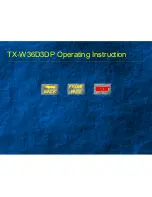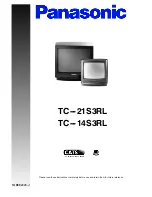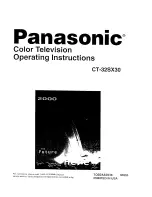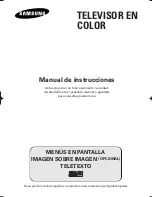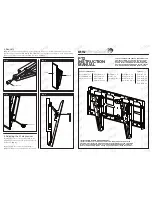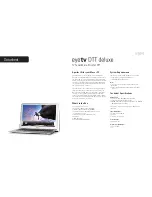
9
Getting Started
Wired Setup
Connect your TV to your network by connecting the LAN port on the back of
your TV to an external modem or router using a LAN (Ethernet/Cat 5) cable.
See the illustration below.
NOTE
• You can get access to the Internet through your TV.
• It is recommended to use a modem or router that supports Dynamic
Host Configuration Protocol (DHCP). Modems and routers that
support DHCP automatically provide the IP address, subnet mask,
gateway, and DNS, so you don’t have to enter them manually. Most
home networks already have DHCP.
LAN
Modem Cable
LAN Cable
LAN Cable
External Modem
(ADSL / VDSL / Cable TV)
IP Sharer (Router)
(with DHCP server)
Wireless Setup
To connect your TV to your wireless network, you need a wireless router or
modem. See the illustration below.
The TV’s built-in Wireless LAN Adapter supports the IEEE802.11 a/b/g/n/ac
communication protocols.
NOTE
• You can get access to the Internet through your TV.
• Connect to an available wireless network.
• Make sure that you have the wireless router’s SSID and password
before attempting to connect.
Wireless Adapter
built-in the TV set
LAN Cable
Wireless Router
The LAN Port
on the Wall
(not provided)
Connecting with an HDMI (ARC/eARC) Cable
If you’d like to use the Audio Return Channel (ARC)/the Enhanced Audio
Return Channel (eARC) feature to send sound from the TV by an HDMI cable
to a digital sound system, you can connect it to the HDMI (ARC/eARC) port of
your TV.
By using this feature, you can also control the sound system with your TV
remote instead of using the remotes for each device.
HDMI cable (not included)
HDMI
ARC/eARC
HDMI
NOTE
• It works only when the TV is connected to the audio receiver that
supports the ARC/eARC function.
• If the device has an Input Selector feature, then make sure to change
it to the TV.
• When this port is used for ARC/eARC function, it can be used as signal
input when a DVD is connected to an amplifier and the amplifier
is connected to the TV at the same time. Some amplifiers may not
support series connection.
Connecting with an HDMI Cable
Connect an HDMI cable from an external A/V equipment.
Some devices, such as DVD player, require HDMI signal to be set to output in
the device’s settings. Please consult your device user manual for instructions.
Please note that the HDMI connector provides both video and audio signals,
so it’s not necessary to connect an audio cable.
DVD/Blu-Ray/AV receiver
/Set-top Box
HDMI cable (not included)
HDMI
HDMI
Connecting with an USB Cable
Connect the USB devices, such as hard drives, USB sticks and digital cameras
for browsing photos, listening to music.
USB
• Support the U disk 4G, 8G, 16G, 32G, 64G, 128G and other common
market size, 8T hard drive is currently supported.
• Support format: NTFS, FAT32.
NOTE
• Be sure to select the correct country/region for use.
Use of the recording function may not be available depending on the
selected country/region.
Use with incorrect settings may violate certain laws or other
regulations, and may result in criminal punishment.
In such cases, TOSHIBA CORPORATION and the Toshiba Group shall
bear no responsibility whatsoever.
• Recorded programmes saved on the USB storage device can only be
viewed on this TV. They cannot be viewed when connected to another
TV (including the same model of TV), a PC, or other device.
• You cannot watch one channel while recording another.
• If the recording time to the USB storage device is too short, no data
may be saved.
• You cannot record video input signals on the USB device.
• Not all types of broadcast may be recordable.
• After programing the TV to record digital broadcasting, do not
disconnect the power plug before recording starts.
• Should video or audio recording fail due to malfunction of the TV or
poor reception, no compensation shall be paid.
Содержание 43C350KE
Страница 1: ...Bar code ...




























